Monika Brandmeier, Gabriel Braun, Terry Haggerty, Peter K. Koch
Ideale, Linien
-
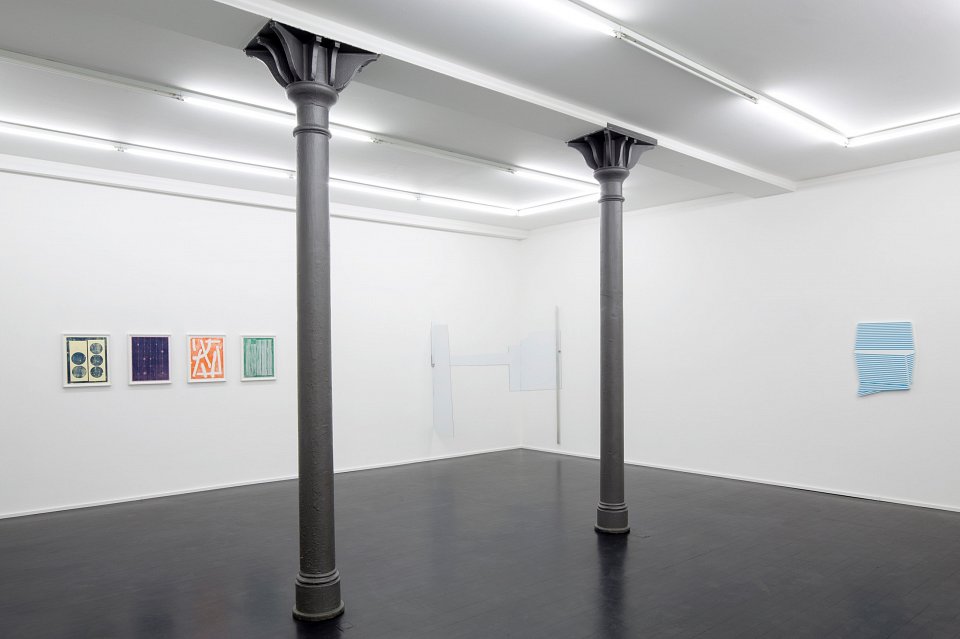
Ideale, Linien; installation view, Kuckei + Kuckei, 2015
-

Ideale, Linien; installation view, Kuckei + Kuckei, 2015
-
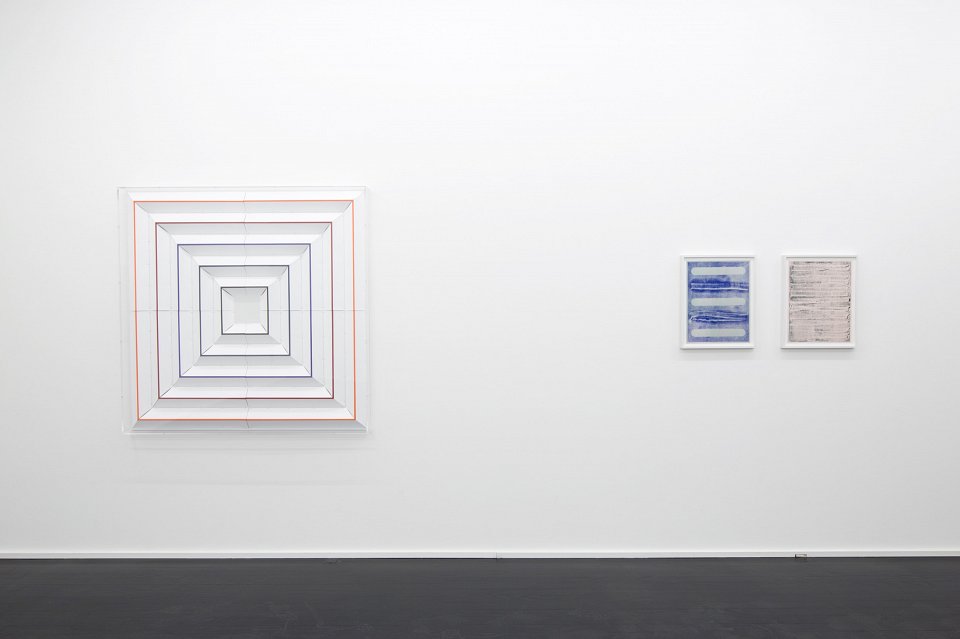
Ideale, Linien; installation view, Kuckei + Kuckei, 2015
-
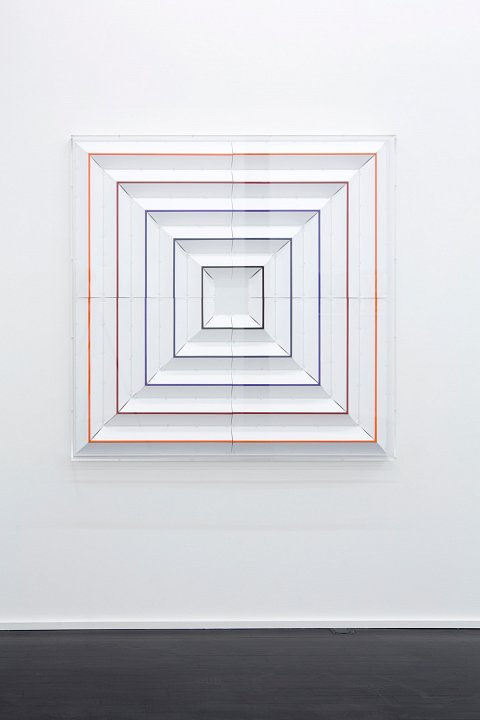
Ideale, Linien; installation view, Kuckei + Kuckei, 2015
-
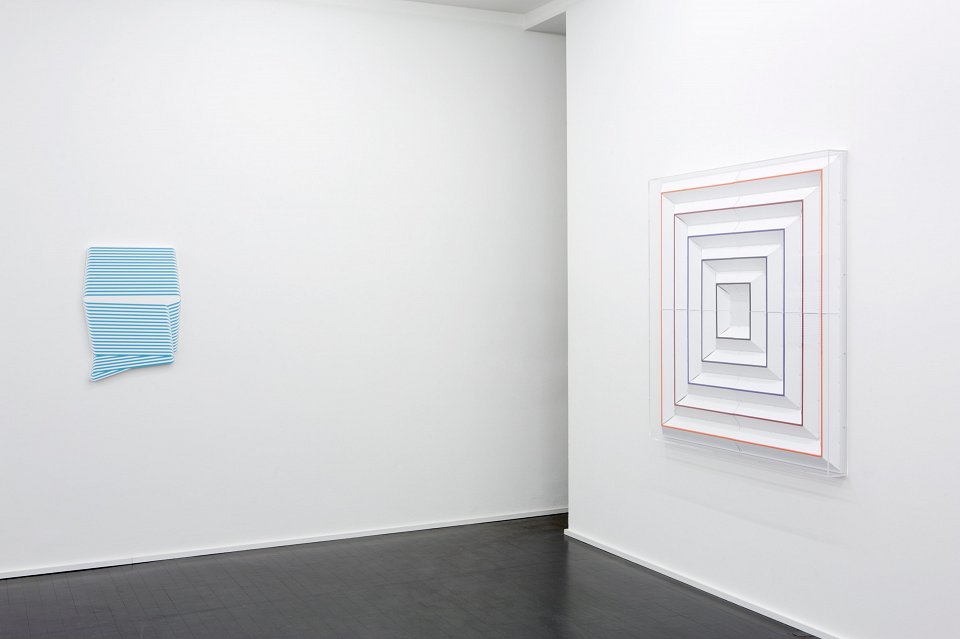
Ideale, Linien; installation view, Kuckei + Kuckei, 2015
-
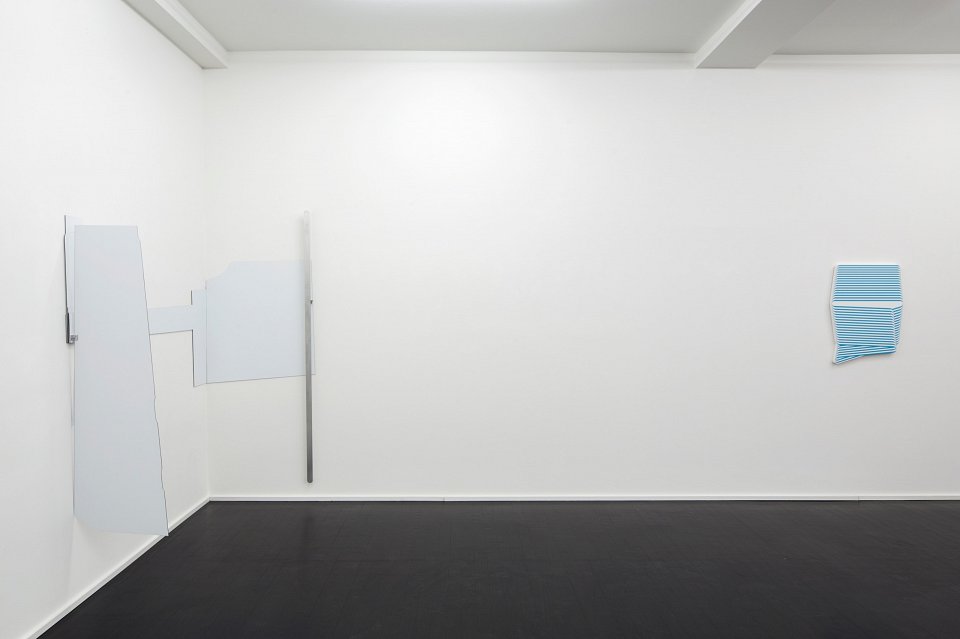
Ideale, Linien; installation view, Kuckei + Kuckei, 2015
-
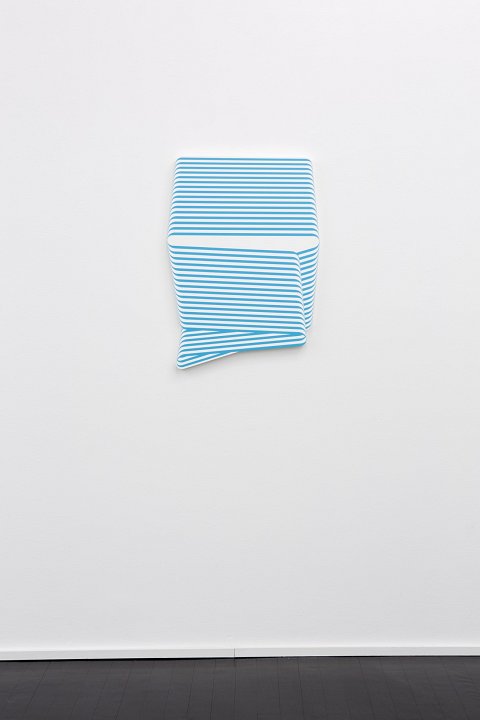
Ideale, Linien; installation view, Kuckei + Kuckei, 2015
-
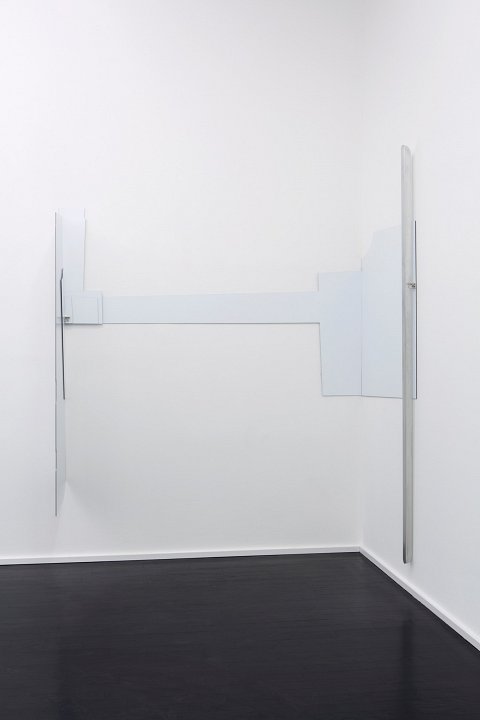
Ideale, Linien; installation view, Kuckei + Kuckei, 2015
-
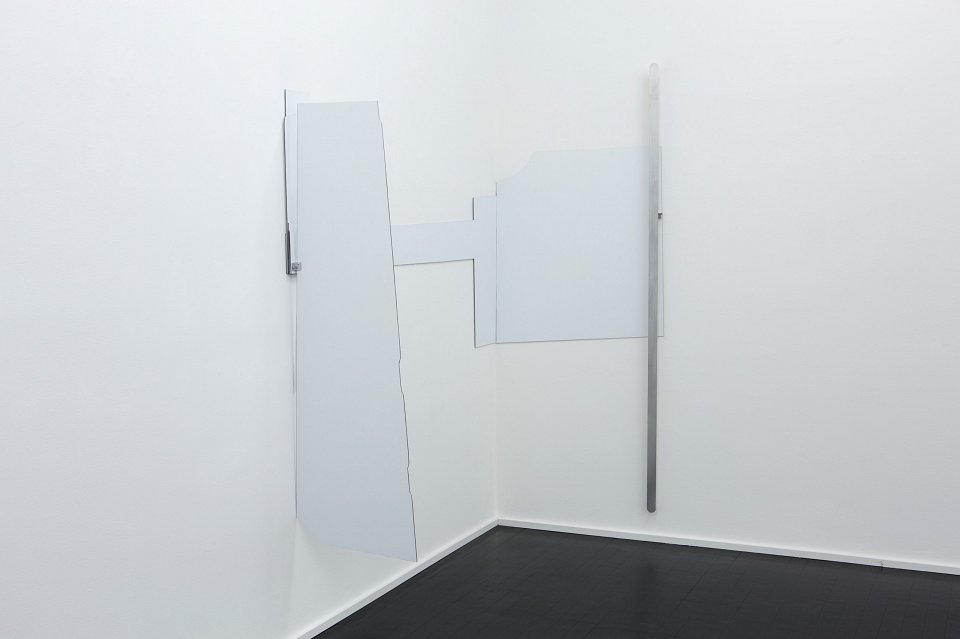
Ideale, Linien; installation view, Kuckei + Kuckei, 2015
-
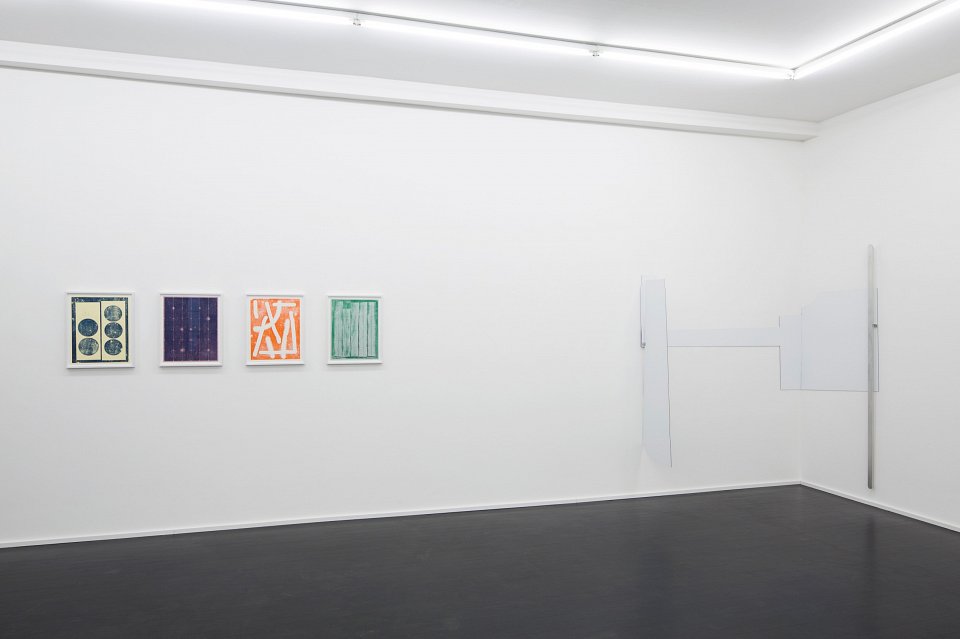
Ideale, Linien; installation view, Kuckei + Kuckei, 2015
-
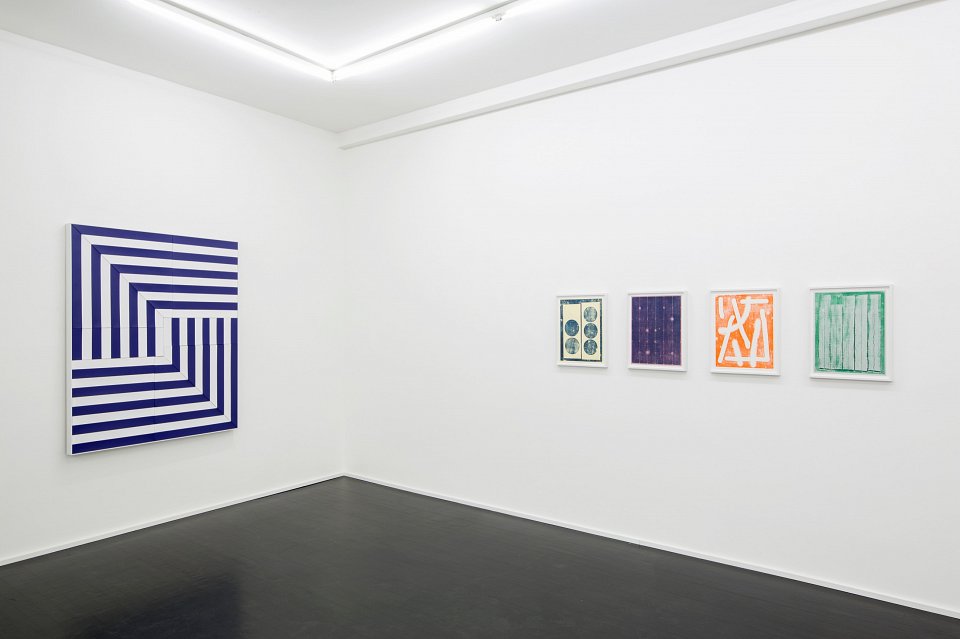
Ideale, Linien; installation view, Kuckei + Kuckei, 2015
-
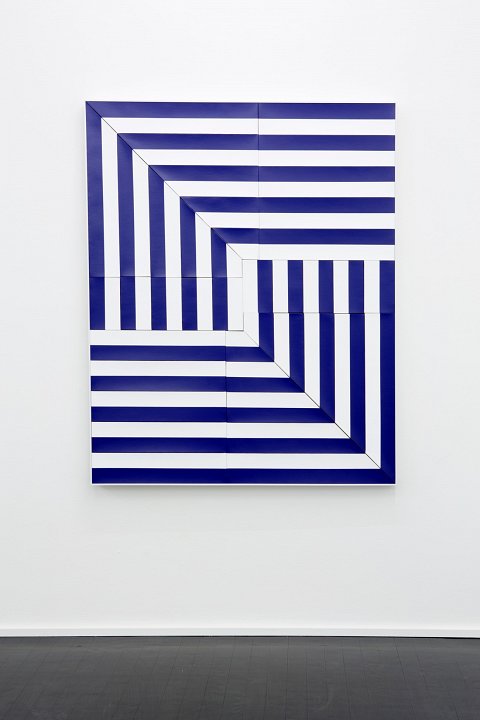
Ideale, Linien; installation view, Kuckei + Kuckei, 2015
-
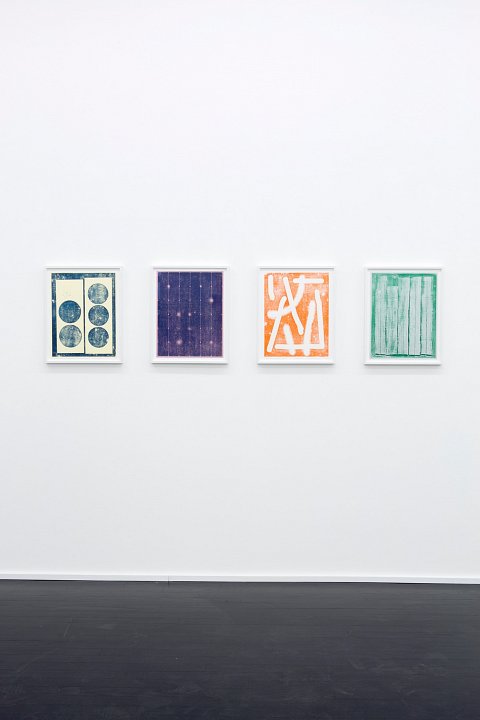
Ideale, Linien; installation view, Kuckei + Kuckei, 2015
-
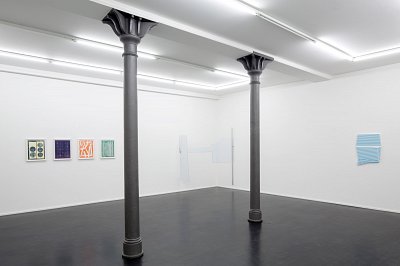
Ideale, Linien; installation view, Kuckei + Kuckei, 2015
-
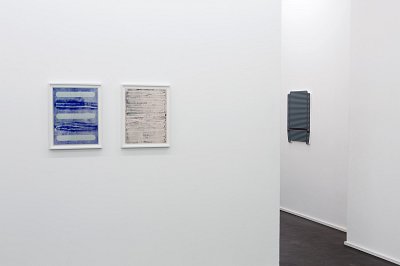
Ideale, Linien; installation view, Kuckei + Kuckei, 2015
-
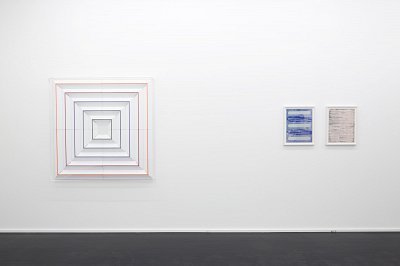
Ideale, Linien; installation view, Kuckei + Kuckei, 2015
-
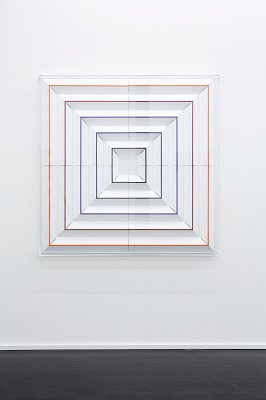
Ideale, Linien; installation view, Kuckei + Kuckei, 2015
-
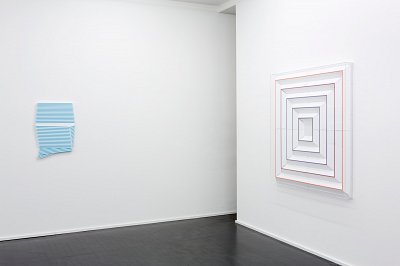
Ideale, Linien; installation view, Kuckei + Kuckei, 2015
-
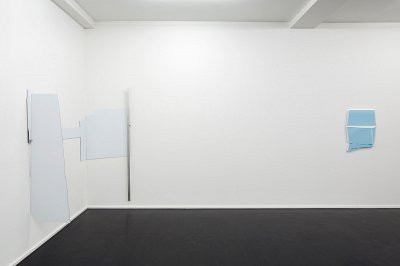
Ideale, Linien; installation view, Kuckei + Kuckei, 2015
-
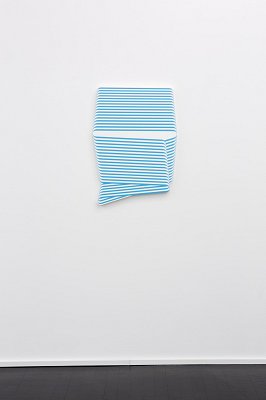
Ideale, Linien; installation view, Kuckei + Kuckei, 2015
-
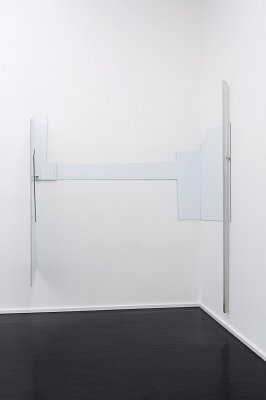
Ideale, Linien; installation view, Kuckei + Kuckei, 2015
-
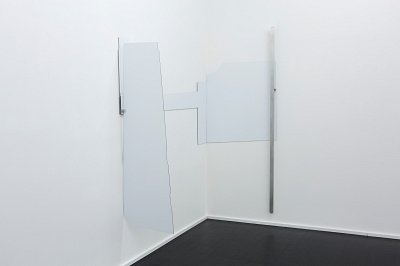
Ideale, Linien; installation view, Kuckei + Kuckei, 2015
-
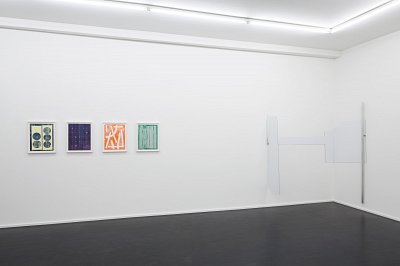
Ideale, Linien; installation view, Kuckei + Kuckei, 2015
-

Ideale, Linien; installation view, Kuckei + Kuckei, 2015
-
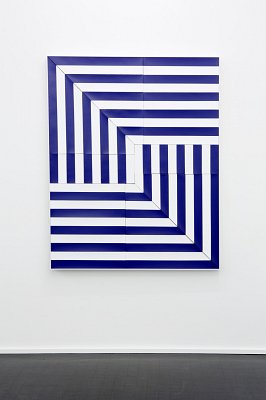
Ideale, Linien; installation view, Kuckei + Kuckei, 2015
-
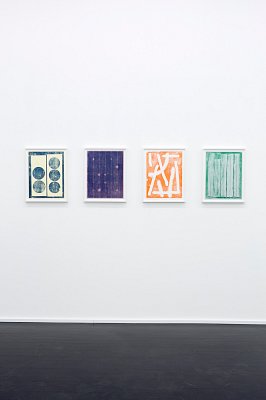
Ideale, Linien; installation view, Kuckei + Kuckei, 2015
If an object is ideal, no further change is necessary and no further improvement possible. The optimal goal of all development: be it intellectual, emotional or artistic. The ideal is an idea that always represents the best conceivable – or the conceivable best. Artists – irrespective of their gender – always seek to attain this end. And on the way there, they design and realise without knowing exactly whether the result really does correspond to the original projection and is, therefore, ideal. For in both phases – the planning and the execution – every unwanted deviation could result in a project’s downfall. Even the best idea can ultimately be ruined if it is implemented inattentively. A poor idea, on the contrary, can never be steered onto the ideal lane, not even if its realisation is perfect. Every ideal obviously arises from an individual notion, however, and cannot be generalised. What one person finds ideal might leave another completely cold. Hence, the only promising approach is to pursue one’s own path. Often, however, there is a very painful realisation that one is not up to it. But with perseverance those very patterns of behaviour may arise from which – in the course of time – a thread unravels to create a line of its own. The unique thing about lines is that they always have a starting point, but not necessarily an end. Lines can be endless – or at least seem to be so. From a geometrical perspective, a line is the shortest distance between two points. Lines are most frequently drawn on sheets of paper: from A to B, or anywhere, in fact. When it departs from the domain of mathematical exactitude, a line can be very anarchic, intertwined and wild – and quite content to be alone. It can be found in every spatial structure: for without a line to link them, A and B are just two useless dots.
In Monika Brandmeier’s works lines are the defining elements. Invented in the process of drawing and set to paper, they emancipate themselves from their two-dimensional state and unfold into the room and its space, where they assert themselves three-dimensionally in a variety of materials as part of a sculpture. If we then study her drawings, sculptures and photographs together, we become aware of the close relationship between the themes, despite their individual attachment to the medium. The media are subject to endless fluctuation, their motifs meandering into one another, transforming themselves and changing the material in the process.
Gabriel Braun’s oeuvre can be described as simple – in the best sense of the word. At first glance, it seems to consist solely of these elements: form, colour and material. And this places it, without any doubt, in line with the great simplifiers of art history, while, at the same time, setting it apart in one specific regard: for in Gabriel Braun’s work the artist’s hand is nowhere to be seen. Hence, for example, the motifs of his wood engravings are composed of clearly defined surfaces, which, however, unfold their sensuality through his printing technique – involving abrasion – and the resulting emphasis on the wood grain. The strictness of the geometry is additionally refracted by the contradictory character of the forms and colours used.
The lines entwined in one another in Terry Haggerty’s pictures seem to be frozen. Two concepts immediately spring to mind here: minimal art and op-art. With these two points of departure, Terry Haggerty creates, with his finely balanced motifs, and in connection with his strict realisation, a totally new interpretation with a wonderful, immanent aloofness. The materiality of his works on canvas is the result of a well-considered and protracted process, which can be designated ideal – in the best sense of the word. With his works, he is continuing a minimalist tradition: for the way he realises his works is perfect, leaving no traces of activity to cloud the perception of the pure motif.
Peter K. Koch’s oeuvre evolves in concentric circles. Examining his works as a whole, one pattern emerges from the singular logic of the individual picture: the principles of geometric abstraction and deconstruction, as well as his ability to realise material entities in a cohesive, entirely self-related form, which he continually varies anew. The inner connection between the variations is provided by the common theme of reduction and the crossover between distinct antitheses: that which appears perfect from afar, reveals unadorned fractures on closer inspection, and a supposed surface turns out to be a spatial structure.